Probability
Chapters
Generating Random Numbers: Fair Dice
Generating Random Numbers: Fair Dice
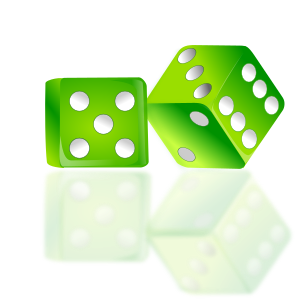
I'm sure you've played a board game that uses dice to tell you how many squares to move on your turn. Most of us are familiar with dice that are shaped like cubes. However, a die (plural dice) is any solid object with flat faces that has markings on each face. They're used for playing board games, word games, and games of chance. Role playing games use dice of many different shapes.
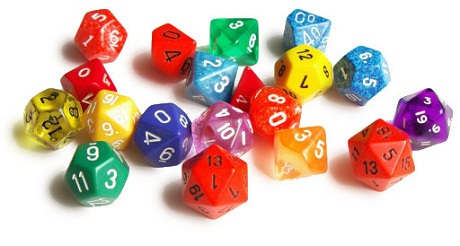
Fair Dice
Fair Dice are dice that have an equal chance of landing with any of their faces upwards. They are useful for generating random numbers. Sometimes weighted dice are used in games of chance
to make it less likely for people to win. Weighted (or loaded) dice are dice that are more likely to land with a particular face upwards than other faces because their weight distribution
has been changed, for example, by adding weights or melting parts of the die. People might use weighted dice for magic tricks, or to cheat at a game. They are not good for generating truly random numbers.
When you are given a probability problem about dice, it is most likely to involve fair, rather than weighted, dice. You should always assume that the dice are fair unless you are told otherwise.
We most often think of fair dice as being cubes. It is easiest to make any of the Platonic solids into fair dice as every face has the same size and shape. The Platonic solids form dice with 4,6,8,10 or 12 faces. However, by being a little flexible in the way you arrange things, you can make fair dice with any number of sides. I have seen a game shop that sells fair dice with up to one hundred faces.
Some Interesting Dice
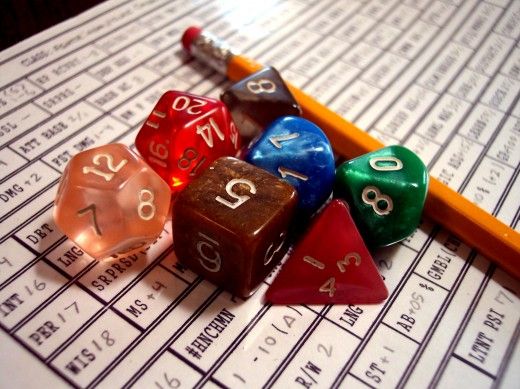
If you've ever played a role playing game like Dungeons and Dragons, or know someone who has, you might have seen dice like these. In the picture, there is one die shaped like each of the Platonic solids: a tetrahedron (4 faces), a cube (6 faces), an octahedron (8 faces), a dodecahedron (12 faces) and an icosahedron (20 faces). Did you notice that there is one extra die in the picture? It has \(10\) faces and is used for generating random percentages.
The Ancient Egyptians also played games with dice. These dice are about 2,000 years old.
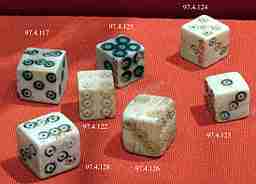
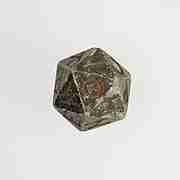
This Egyptian die has \(20\) faces and dates to some time between the second century BCE and the fourth century CE.
This die is shaped like a tricontahedron. It has \(30\) faces, and is sometimes used to generate random numbers in role playing games.
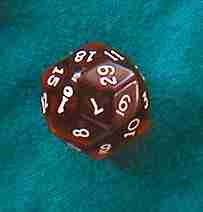
Why don't you run some experiments with differently shaped dice. Try rolling each a large number (100 or more) of times, recording which face is up, and seeing whether you think they're fair. In a large number of rolls, the numbers of times each face of a fair die lands upwards should be about the same.
Description
In this mini series, you will learn a bit more on the topic of probability, we will cover topics such as
- Ratios
- Fair dice
- Conditional probability
- Mutually exclusive events
and more
Audience
Year 10 or higher students
Learning Objectives
Explore more on the topic of probability
Author: Subject Coach
Added on: 28th Sep 2018
You must be logged in as Student to ask a Question.
None just yet!